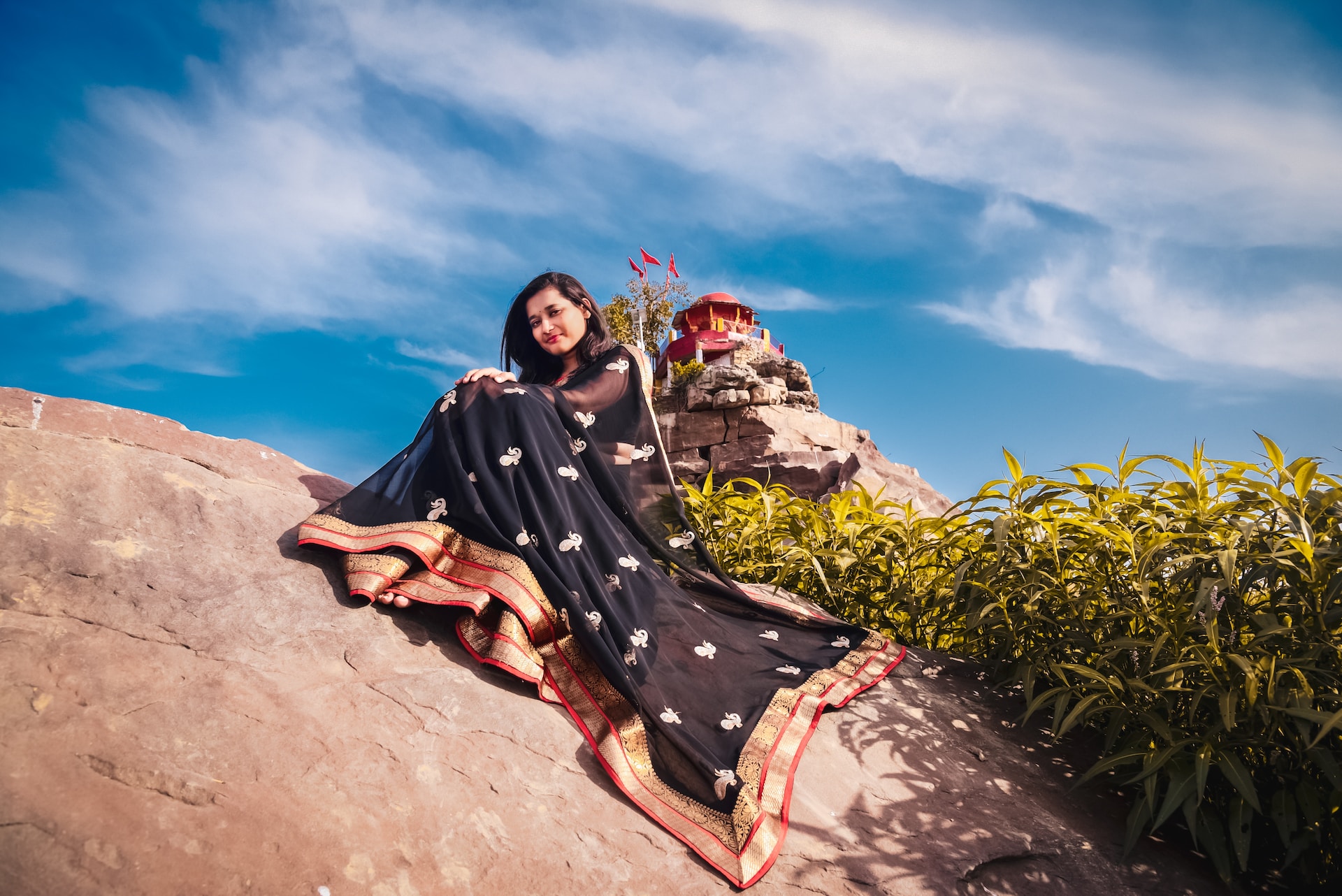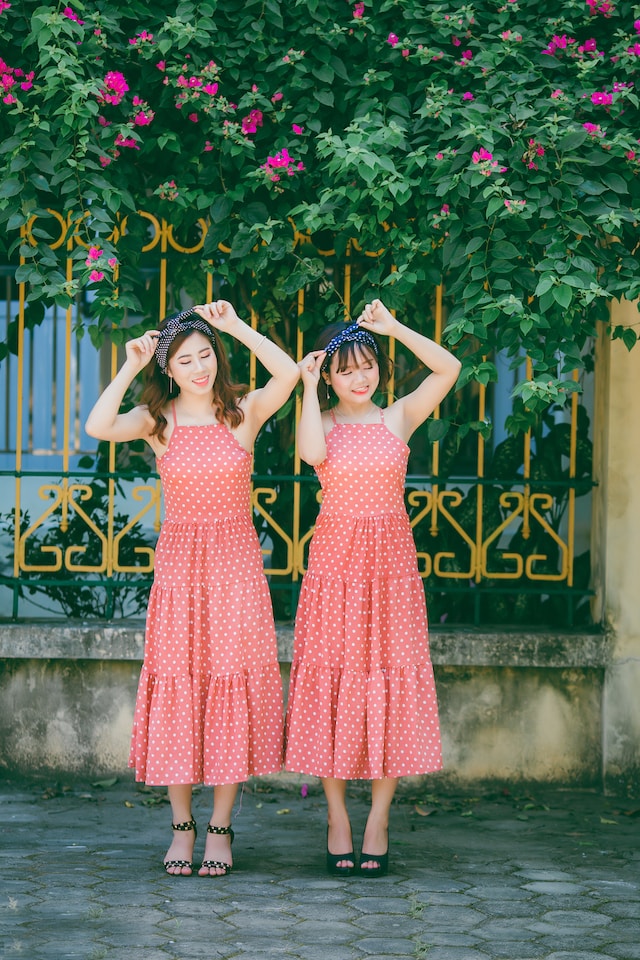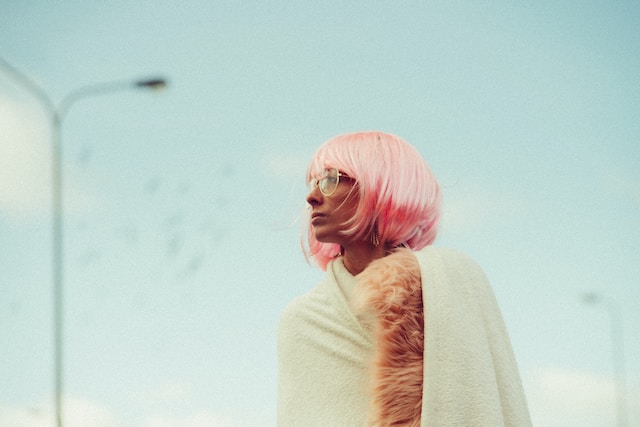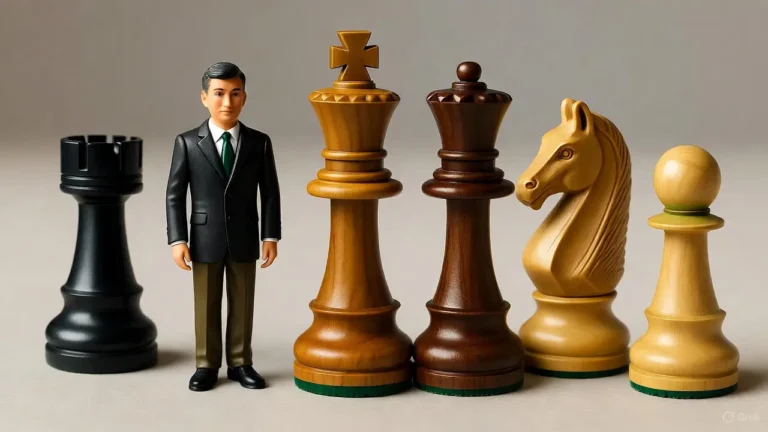Styling Kanchipuram Sarees for Modern Occasions: Fusion Fashion and Contemporary Trends
Kanchipuram or kanchi sarees, also known as Kanjeevaram sarees, are a timeless and exquisite form of traditional Indian attire. Originating from the town of Kanchipuram in Tamil Nadu, these sarees are renowned for their rich silk fabric, vibrant colours, and intricate zari work. Traditionally worn for special occasions and festivals, Kanjeevaram sarees are now finding their way into contemporary fashion trends. This article explores the art of styling the kanchipuram saree for modern occasions, embracing fusion fashion and contemporary trends.
Embracing Fusion Fashion:
In recent years, fusion fashion has gained significant popularity, as it allows individuals to blend traditional and modern elements to create unique and stylish ensembles. When it comes to Kanjeevaram sarees, fusion fashion offers exciting possibilities. Pairing it with a contrasting blouse in a modern silhouette can instantly transform the look. Opt for trendy designs such as off-shoulder blouses, crop tops, or even shirt-style blouses to add a contemporary touch to the traditional saree.
Experimenting with Draping Styles:
The draping style of a saree plays a crucial role in defining its overall look. While the traditional Nivi drape is a classic choice for kancheepuram silk, experimenting with different draping styles can create a refreshing and modern aesthetic. Try the “Lehenga Style” drape, where the pleats are neatly gathered and tucked to resemble a lehenga skirt. This style adds volume and a youthful vibe to the ensemble. Additionally, the “Pant Style” drape involves wearing a pair of fitted pants underneath the saree, creating a contemporary and edgy look.
Incorporating Contemporary Blouse Designs:
The blouse is an essential component of a saree ensemble and can significantly influence the overall style. To give a modern twist to your Kanjeevaram saree, opt for contemporary blouse designs. Sheer blouses with intricate embroidery or embellishments are a popular choice, as they add an element of elegance and glamour. You can also experiment with unconventional necklines, such as halter necks or keyhole designs, to create a unique fusion look.
Adding Statement Accessories:
Accessorising is key to completing any outfit, and Kanchi sarees are no exception. By adding statement accessories, you can elevate the saree to suit modern occasions. Opt for chunky silver or oxidised jewellery to create a fusion look that blends traditional and contemporary aesthetics. Statement necklaces, oversized earrings, and stacked bangles can instantly add a touch of glamour and modernity to your pure silk kanchipuram saree ensemble.
Playing with Colors and Prints:
While Kanchi pattu sarees are known for their vibrant and rich colours, experimenting with unconventional shades can give them a contemporary twist. Consider opting for pastel hues or even monochromatic colour schemes, which are currently on-trend. Additionally, exploring Kanjeevaram sarees with contemporary prints, such as geometric patterns or floral motifs, can add an interesting dimension to your look.
Layering with Jackets or Capes:
Layering is an excellent way to incorporate modern elements into traditional attire. Pairing a Kanchipuram silk saree with a stylish jacket or cape can create a fusion look that is both fashion-forward and elegant. Opt for a contrasting or embroidered jacket that complements the colours and motifs of the saree. This ensemble is perfect for modern occasions such as weddings, cocktail parties, or festive events.
Styling kanchipuram saree for modern occasions is all about embracing fusion fashion and contemporary trends. By experimenting with different draping styles, incorporating contemporary blouse designs, adding statement accessories, playing with colours and prints, and layering with jackets or capes, you can create unique and stylish ensembles that pay homage to the rich tradition of Kanchi sarees while embracing the spirit of modernity. So, go ahead and unleash your creativity to make a fashion statement with this exquisite and versatile Indian attire.







